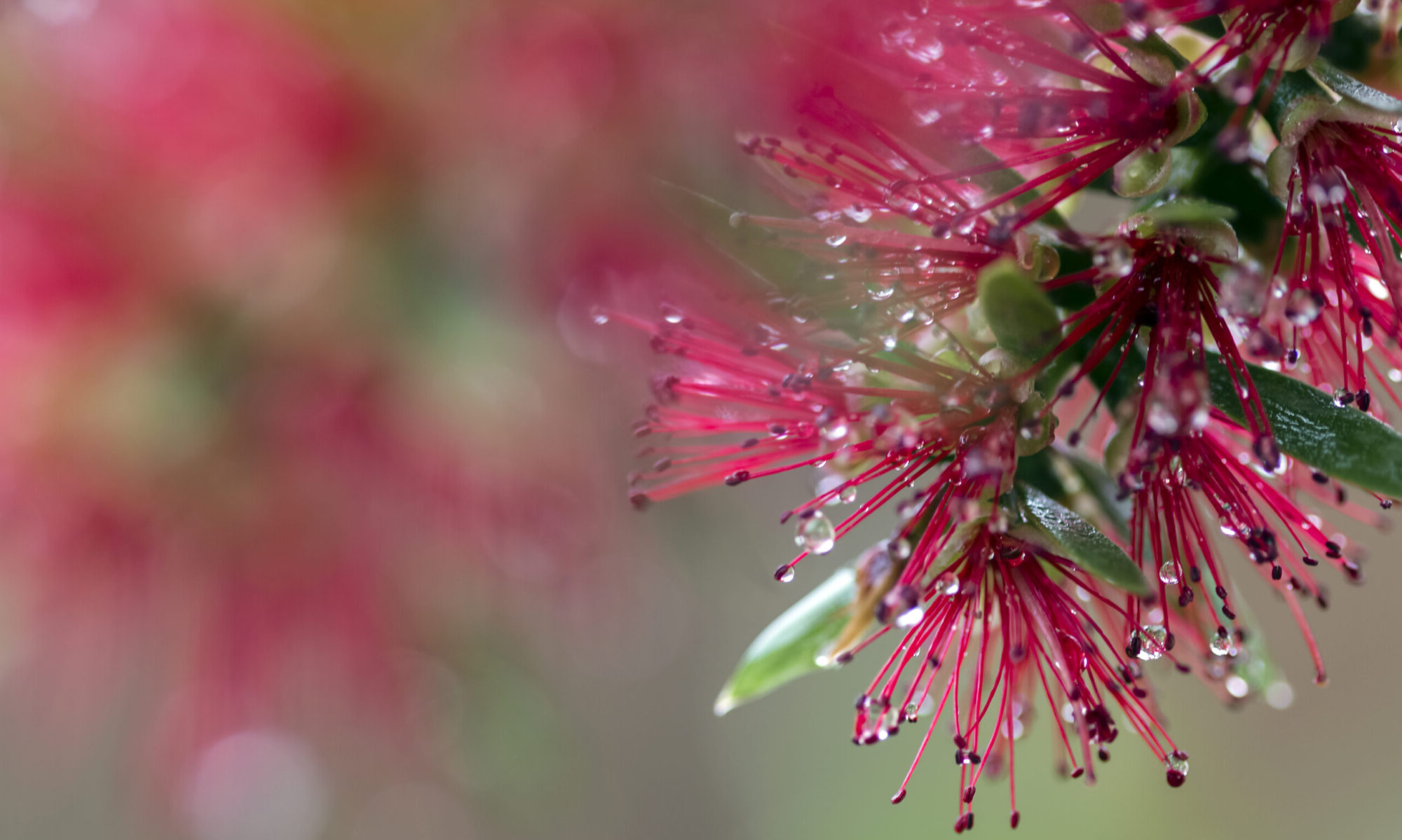
A warm Fall/Autumn morning spent wandering through the incredible Desert Botanical Garden located in Papago Park in Phoenix, Central Arizona revealed 140 acres of stunning desert plantings, during my recent visit to the USA, catching up with my dear friend, Phoenix local and fellow blogger AZPlantLady, was such a delightful and unexpected surprise. Superb gardens packed full of inspiring landscape design ideas and beautiful desert plants.

This place is a treasure trove filled with wonderful ideas for those of us gardening in dry climates all over the world.
While some of the plants might not be available for us to use (and here’s where my botanical envy really kicks in) the concepts and the way plants are grouped and the use of water features and careful placement of seating and art in the garden is something we can definitely learn from.
Design concepts such as water features and hard elements such as rock placements are not really new however the ways in which they can be applied in a modern way is and here’s where we can learn and share ideas. Glass elements from Chuhuly provide additional awe at the entrance to the gardens.
I would desperately love to be able to grow the stunning Palo Verde tree which loses its’ leaves and then has the ability to photosynthesize through its’ green trunk and stems. This is a wondrous medium sized shade tree that I first noticed in California last year but it’s here that this beauty calls home. It is used very effectively as a shade tree on street verges, car parks and as specimen trees in home gardens.
Gravel mulch is used extensively in Phoenix and unusually plants are planted quite sparsely in home gardens and also in public parks and gardens. This allows each plant to have its own space and grow into that space. There’s a certain joy in the spaces in between of a garden and resisting overplanting to “fill a gap” which provides the mind an opportunity to pause. The spaces in a garden are as important as the densely planted. In Phoenix, they really understand this concept.
Cacti and Succulent lovers will ooh and ahh at every turn here. I particularly loved the Saguaro cactus (Carnegiea gigantea) pronounced SWARO for us Aussies, is one of the most spectacular plants in these gardens. These are huge, ancient, tree-like cacti that develop head and arm-like branches as they mature. They are very slow growing and costly to purchase for the home garden. The “arms” bend upward as if to worship the hot Arizona sun. These plants interestingly are covered with spines and bare white flowers in the late spring, and red fruit in summer. They also provide habitat for birds and reptiles. The birds drill holes into the Saguaro and pop in and out to escape the heat. Saguaro with a very rare “head” and three “arms” who needs man made art?!
Saguaro with a very rare “head” and three “arms” who needs man made art?!
In the gardens, one can experience first hand the lifestyle of the Native Americans, there are round huts which are surprisingly larger on the inside than they appear on the outside but of most interest was the use of Living fences constructed out of Ocotillo Cactus (Fouquieria splendens) these were fascinating and provided a great deterrent to any critter thinking of sneaking into the vegetable patch for a nibble. The stems can look dead at certain times of the year but as soon as the rain comes they spring into leaf again.


Large rocky outcrops in a particular shade of brown, one only sees in these parts is reminiscent of an old cowboy movie set but the thing is……. this is real.

 The undergrowth is alive with squirrels and reptiles and at eye level butterflies, bees and colourful caterpillars were of great fascination to me. There were lots of late summer flowering perennials deliberately planted to provide habitat for butterflies.
The undergrowth is alive with squirrels and reptiles and at eye level butterflies, bees and colourful caterpillars were of great fascination to me. There were lots of late summer flowering perennials deliberately planted to provide habitat for butterflies.
This garden is a treat if you garden in a dry climate, if you’re seeking inspirational landscaping concepts or if you just want to go and drool at some very special plants that can’t be grown in your hometown and learn something about other parts of the world.




Palo Verde tree-an absolute favourite of mine


